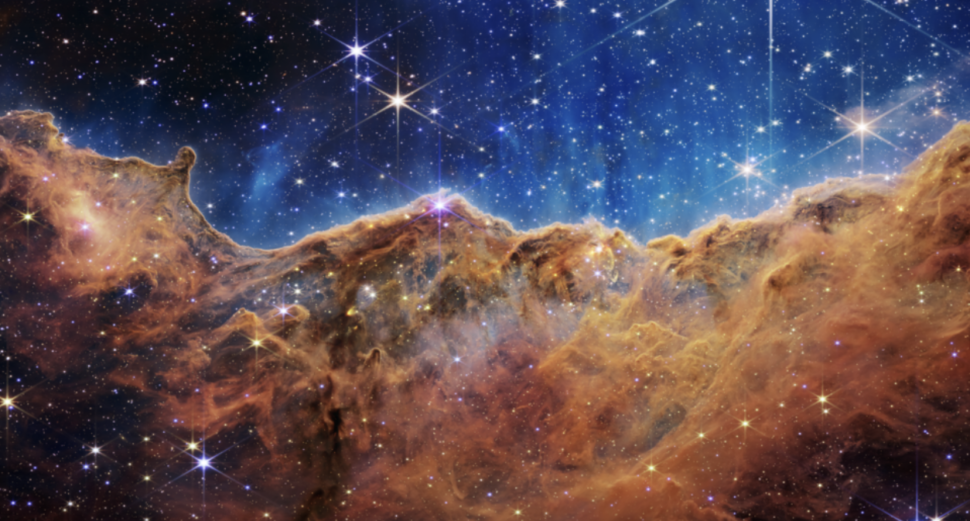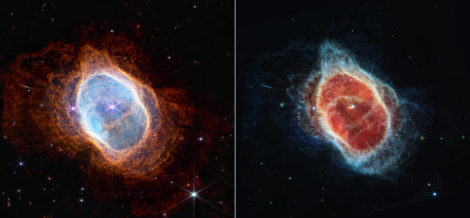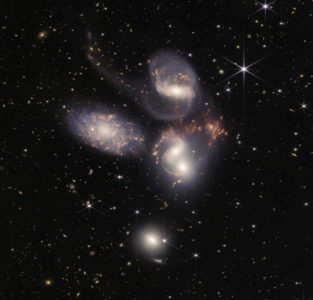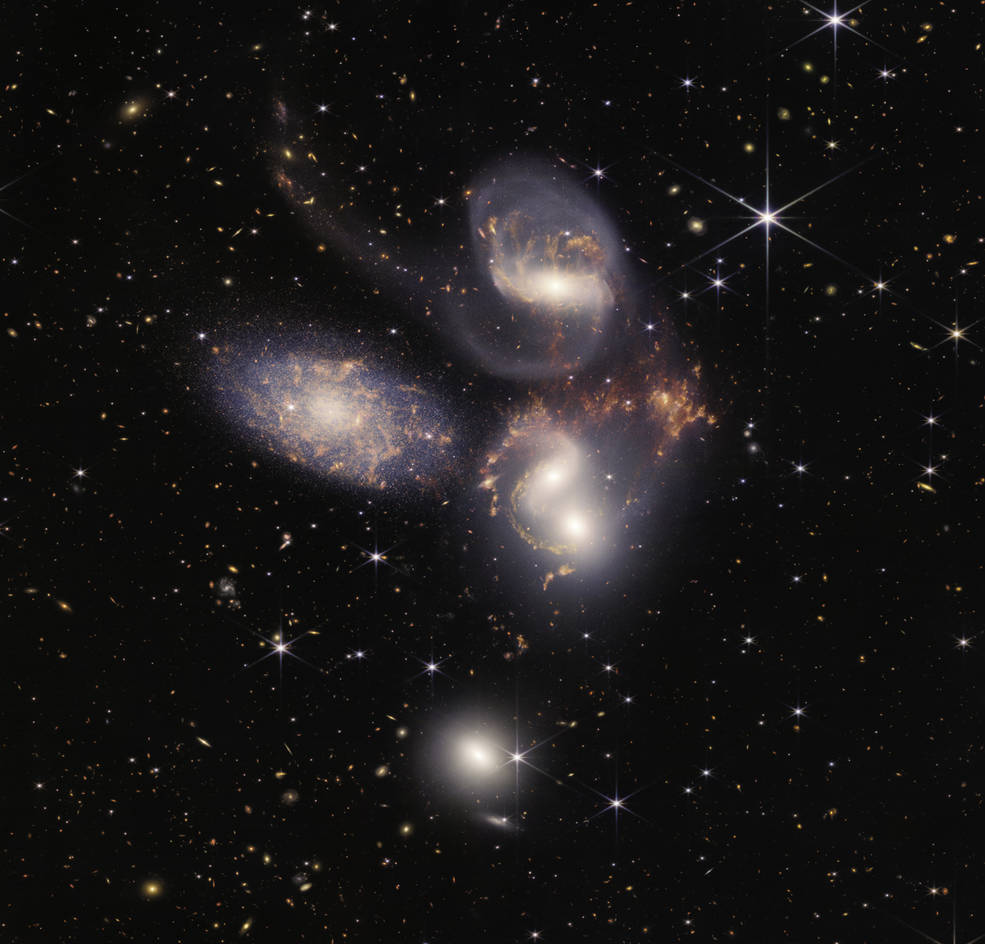We might not be able to travel to space, but as of last week, we at least have the most high-definition images of the universe ever taken. The images shared by NASA were rendered with the new James Webb Space Telescope (JBST). JBST began its science operations six months ago when launched into space at the end of December 2021. However, its first batch of images are among the most stunning and clear celestial pictures we have of space so far. The images reveled five neighboring galaxies called Stephan’s Quintet and the Carina Nebula.
The JWST is considered the most powerful telescope ever built revealing that not all galaxies are invisible. During the NASA press conference held on Tuesday, Eric Smith, the program scientist for the JWST mission, said JWST’s first photos are “especially phenomenal because they were technically nothing more than practice runs.”

Deepest Infrared Image of Universe Yet
The first image rendered showed the galaxy cluster SMACS 0723– as it appeared 4.6 billion years ago, with many more galaxies in front of, and behind the cluster.

NASA shares, “Light from these galaxies took billions of years to reach us. We are looking back in time within a billion years after the big bang when viewing the youngest galaxies in this field.”In their totality, these images explore the birth and death of stars. Webb’s ability to capture light in the mid-infrared range allows its cameras to cut through dense clouds of dust and gas. This ability helped Webb to capture spectacular details of the Carina Nebula where stars are born.
Southern Ring Nebula

Webb is also excellently suited to study the end of a star’s life. As stars get old, they can puff off their outer layers and form nebulas like the Southern Ring Nebula. The image revealed never-before-seen details of successive waves of matter expelled by the dying central star.
Stephan’s Quintet

With its infrared vision and extremely high spatial resolution, Webb shows never-before-seen details of the Stephan’s Quintet. A group of five galaxies orbiting around each other. NASA explained that “sparkling clusters of millions of young stars and starburst regions of fresh star birth” grace this image. We are also looking at tails of gas, dust and stars are being pulled from several of the galaxies due to gravitational interactions. Lastly, we see massive shock waves as one galaxy clashes with a group of two others.
The Future
With the help of the JWST, astronomers hope to continue to better explore the origins of the universe, planets, galaxies, stars and life.
* Disclaimer: James Webb was a homophobic administrator at NASA during the 1960’s who was responsible for enforcing the anti-LGBTQ+ “Lavender Scare,” a 1950s moral panic that had many people fired from government positions simply for being queer. Many at NASA and within the space community have urged NASA to consider changing its name. NASA since launched an investigation into the matter and decided a name change was not necessary.
